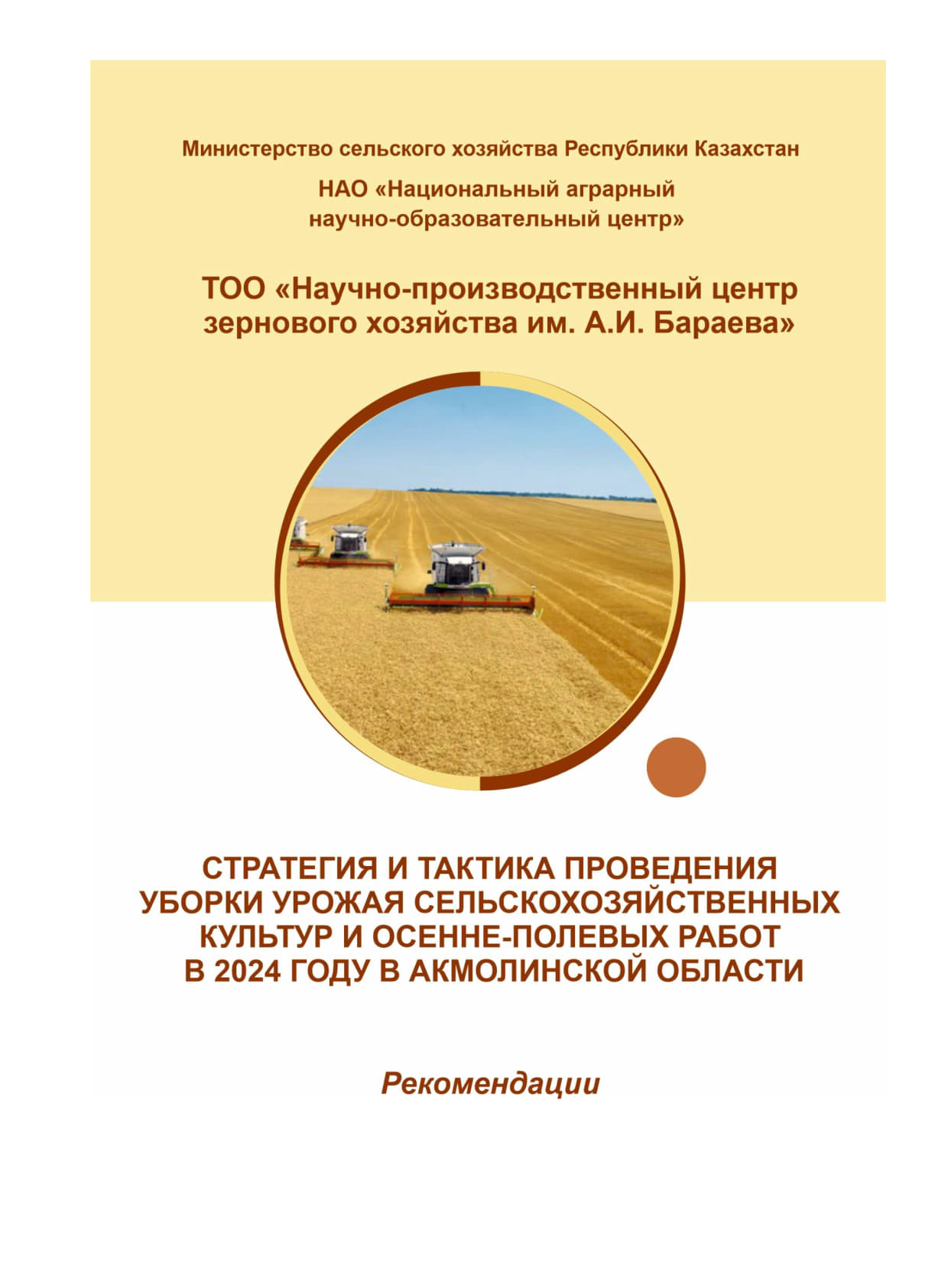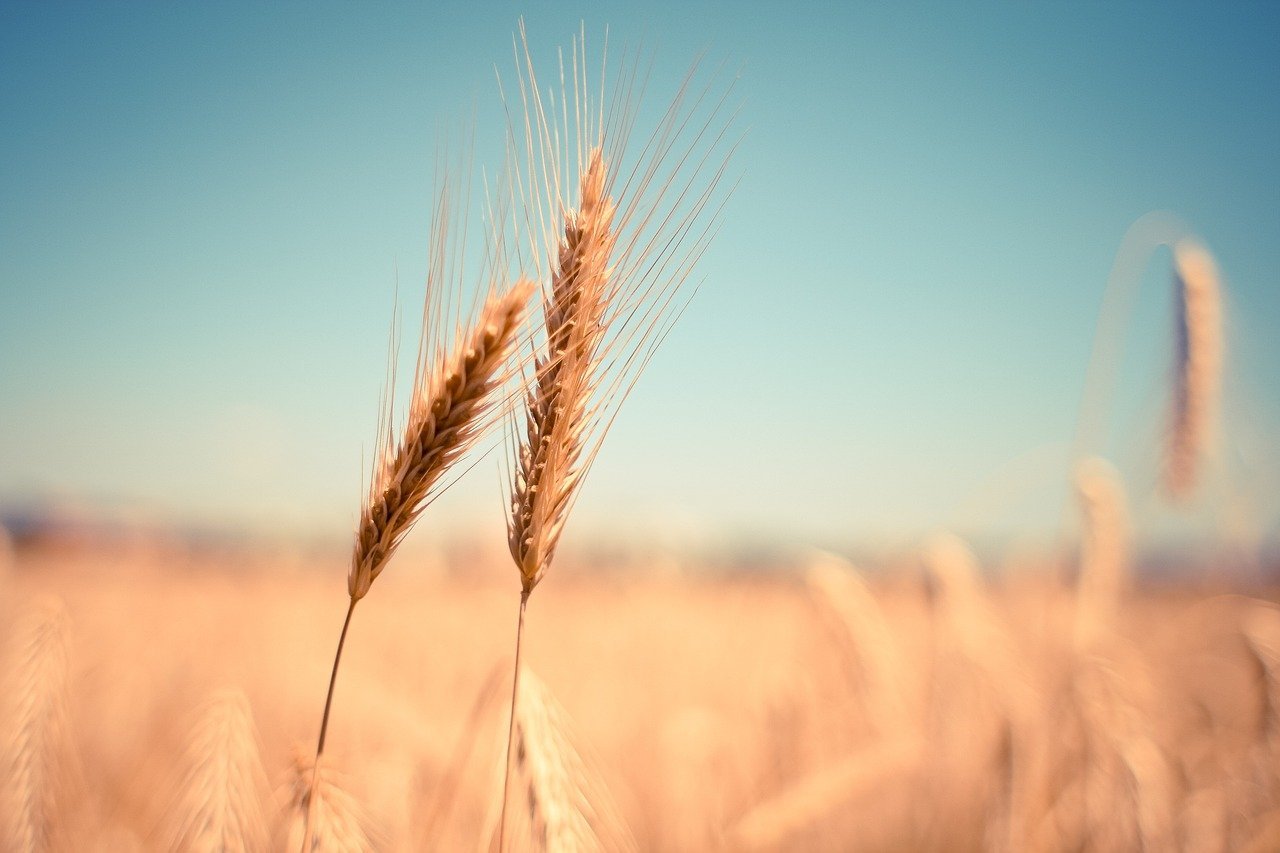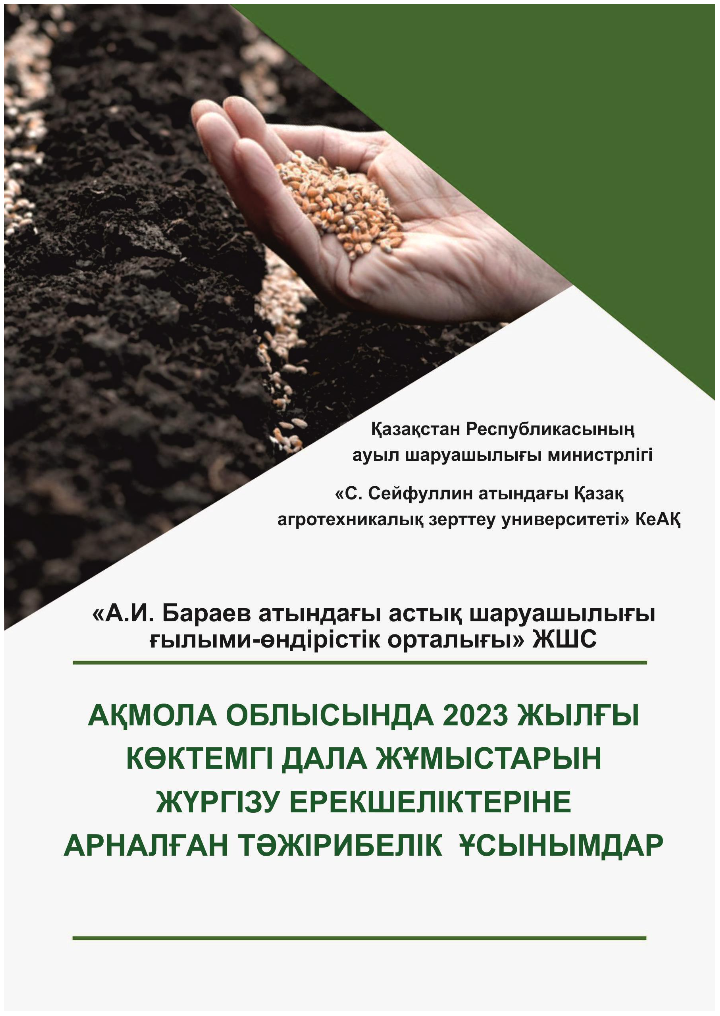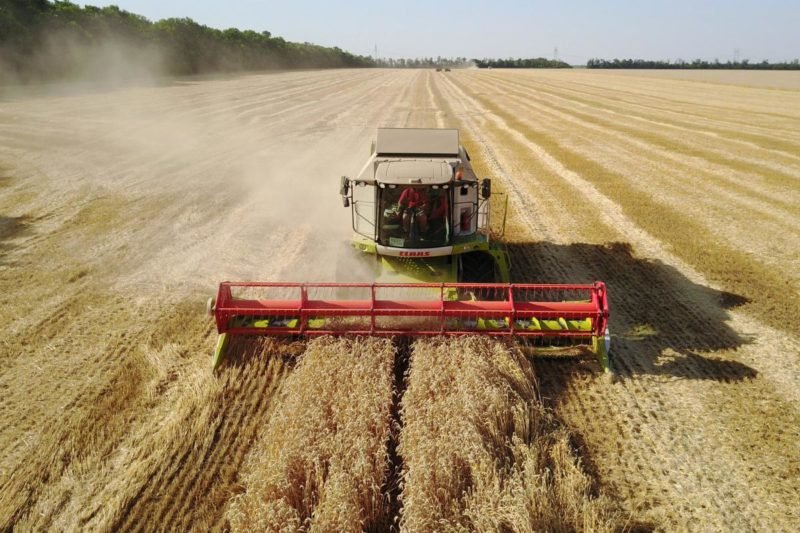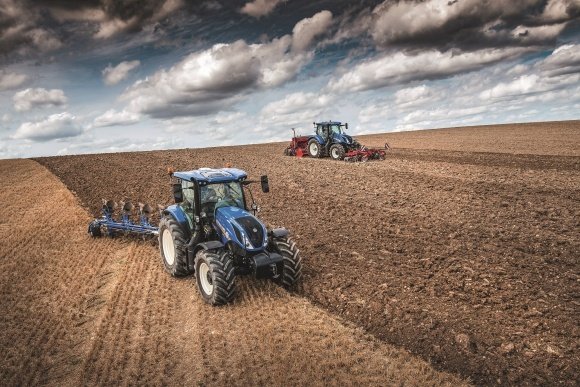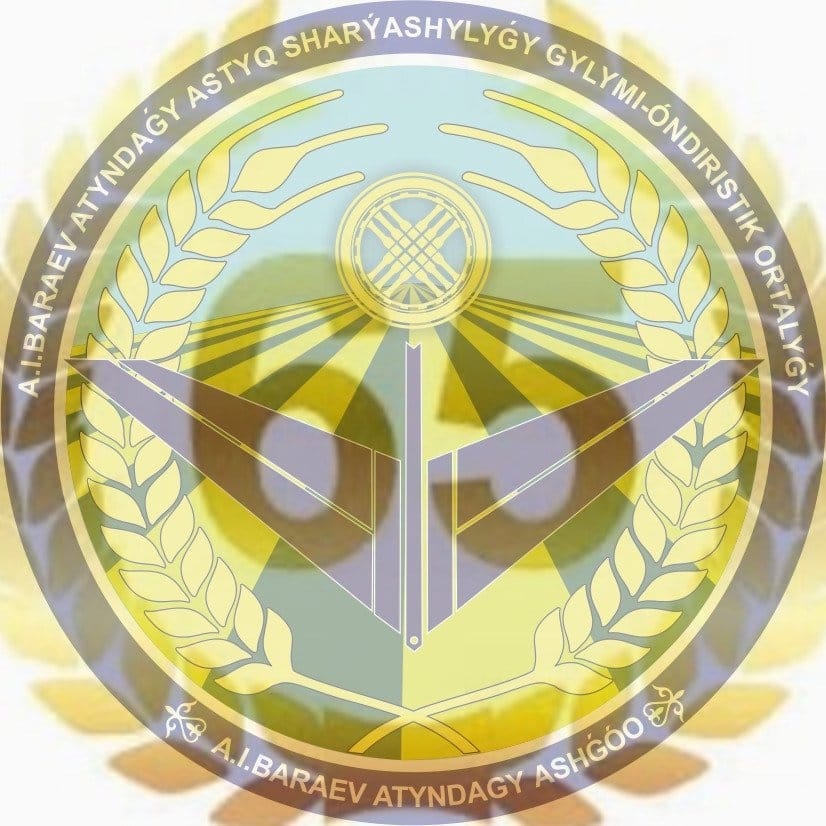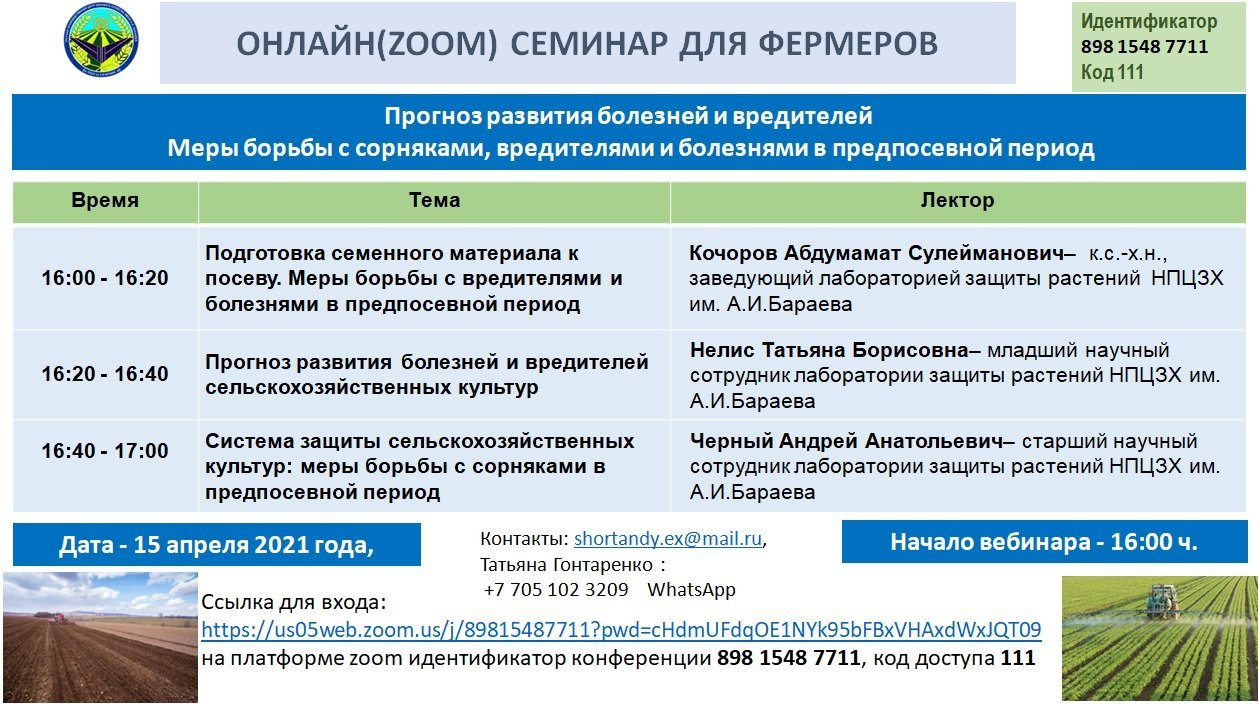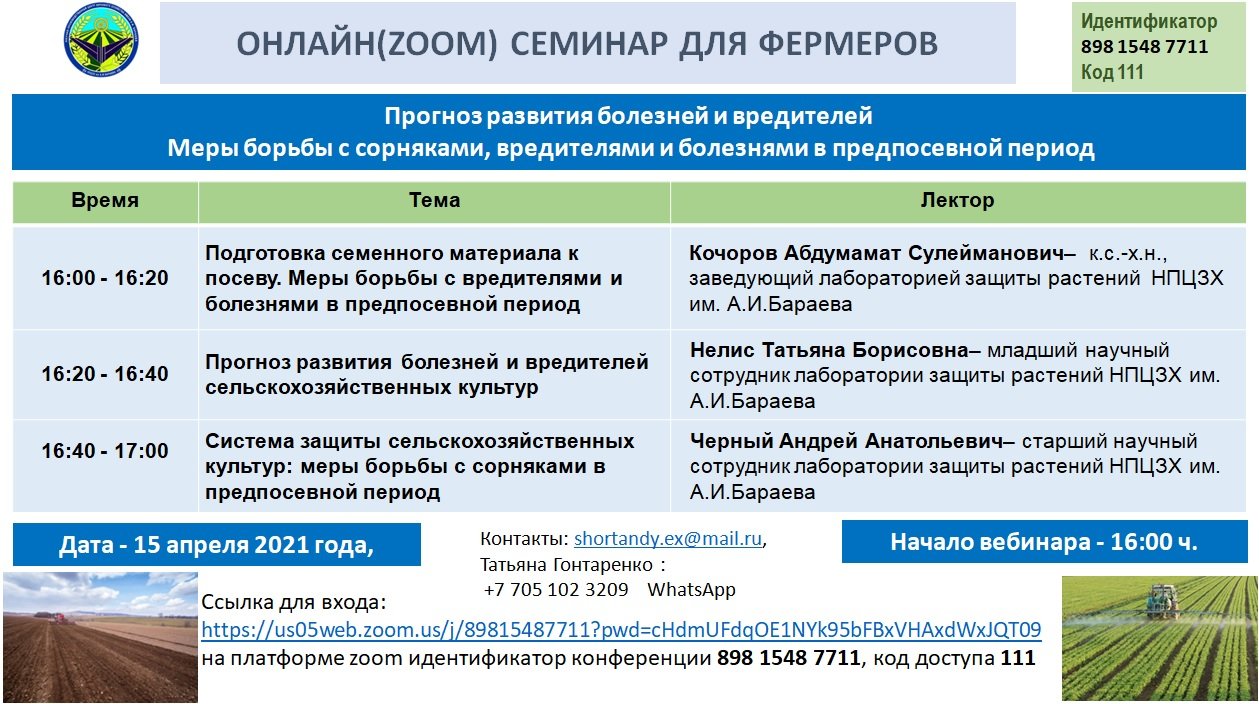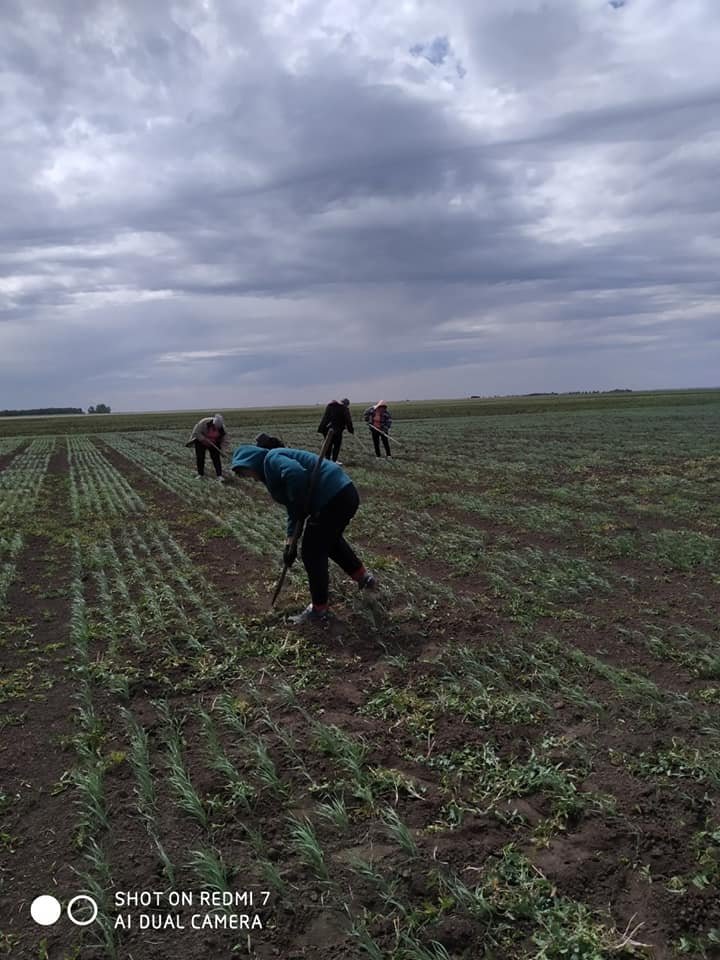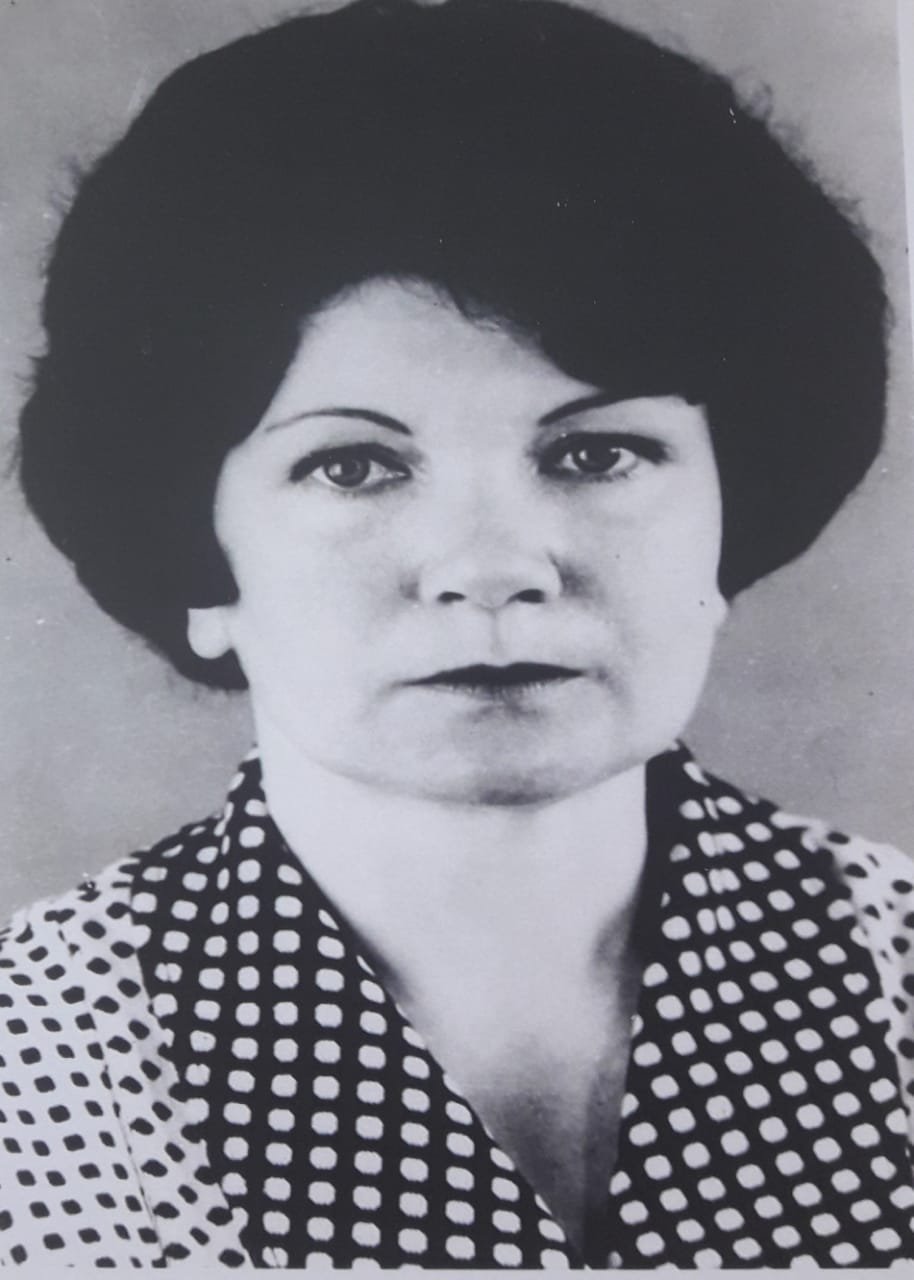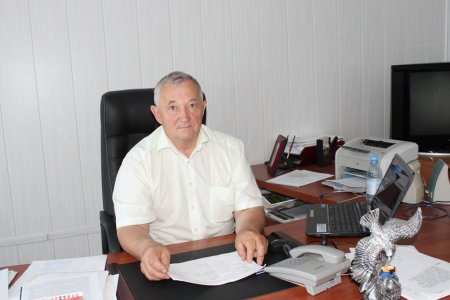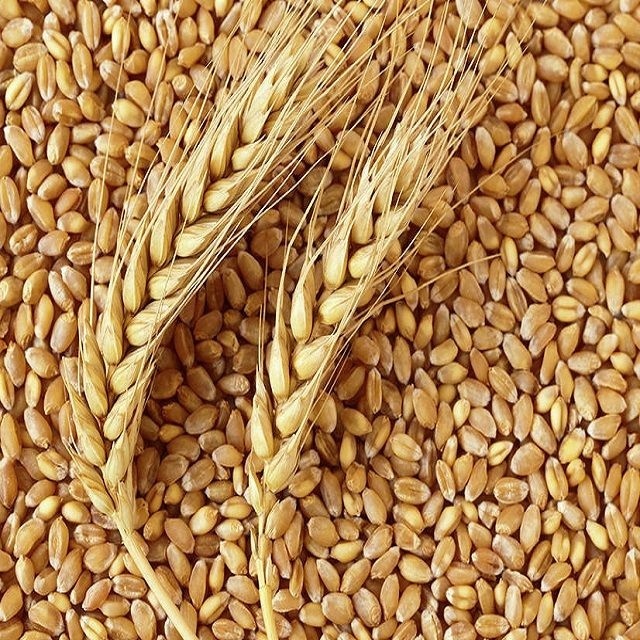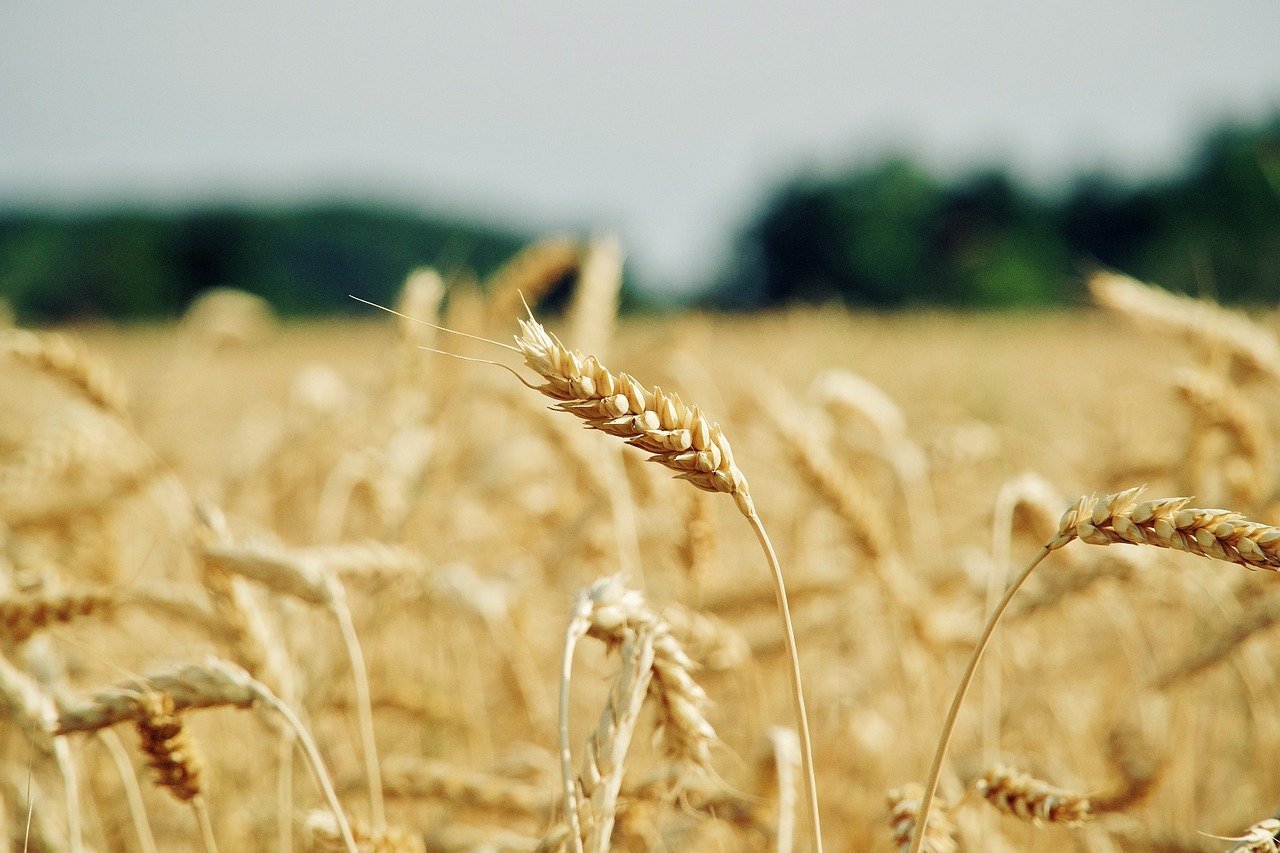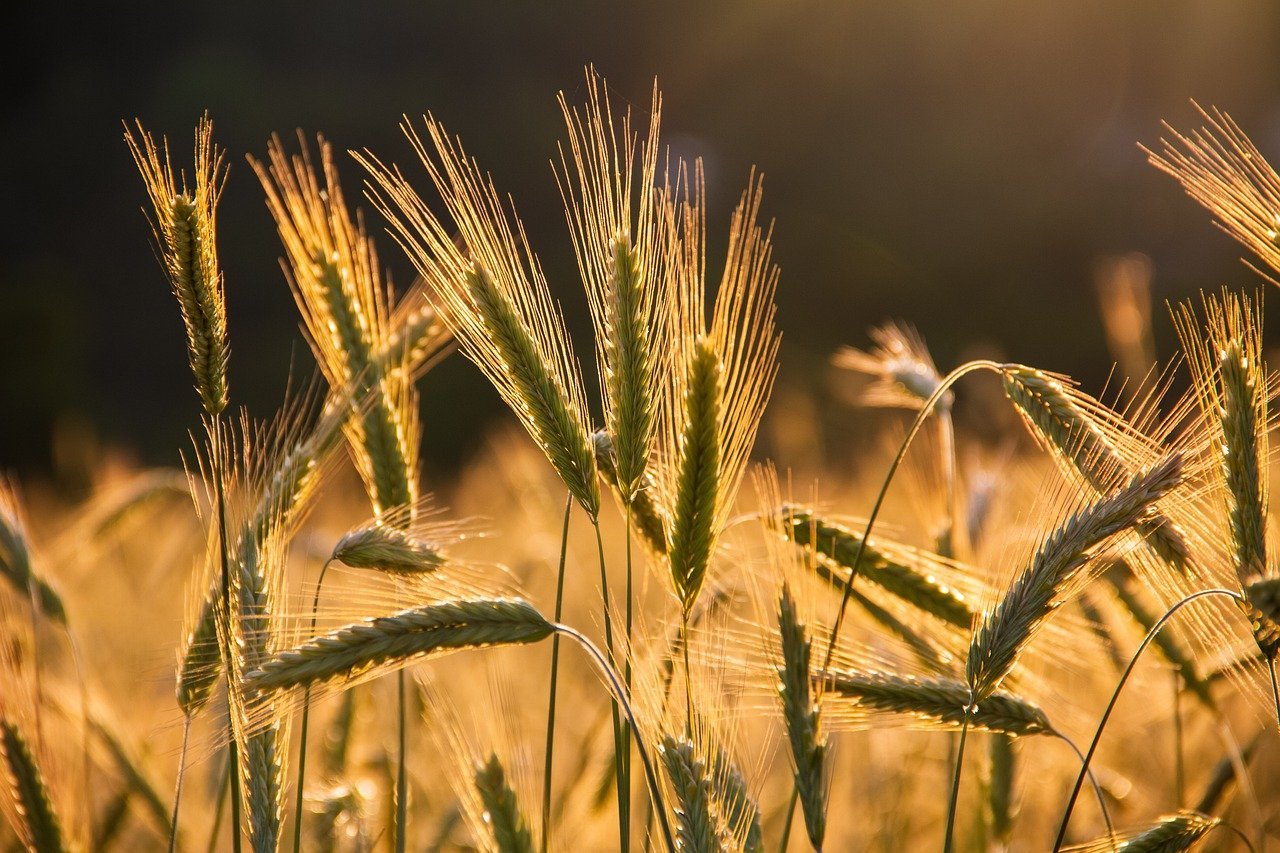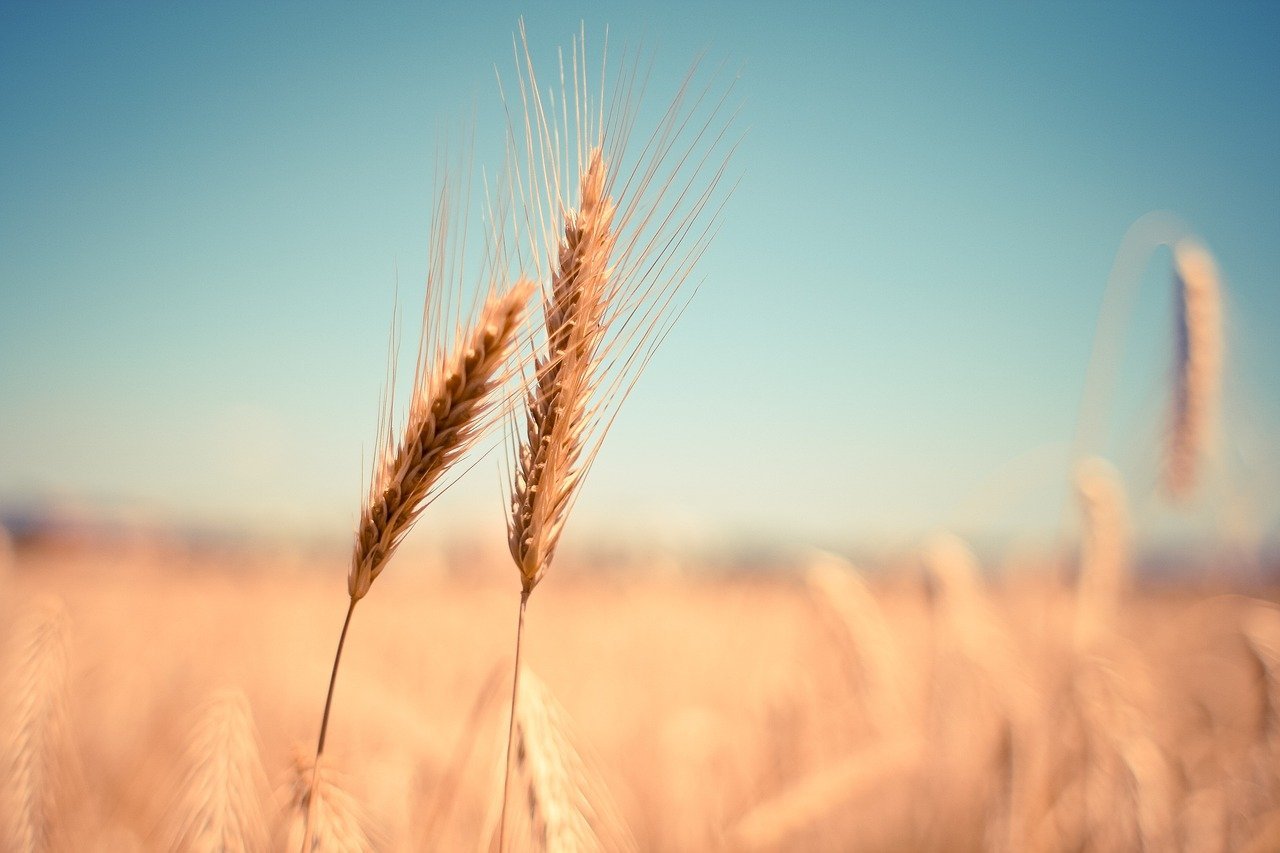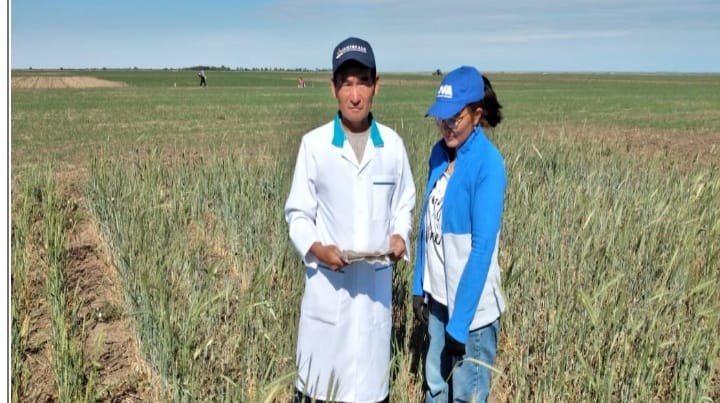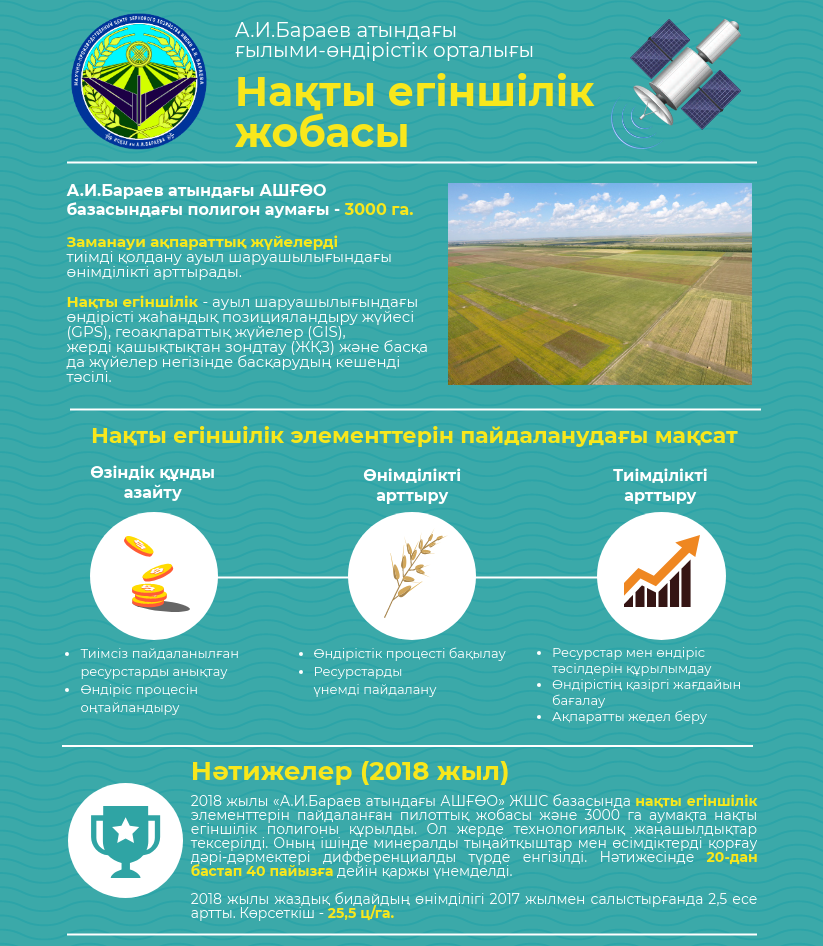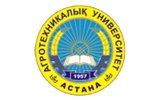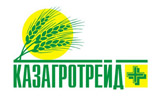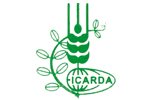Plant Protection Laboratory
Departments and laboratories / Agriculture department

History of the laboratory:
The laboratory was established in 1961 and until 1988 was called the laboratory of weed control, from 1988 to 2002-the laboratory of plant protection and from 2002 to 2020-the laboratory of agrotechnical and chemical methods of pest control, diseases and weeds, and from 2021 it was again transformed into the plant protection laboratory. The full-time staff of the laboratory is 9 people.
Since its establishment, the laboratory has been based on research on biology and the development of agrotechnical and chemical measures to control the most harmful weeds in Northern Kazakhstan under the soil protection system of agriculture, and since 1992, research has been conducted to contral pests and diseases of grain crops.
From 1959 to 1961, the head of the topic: “Improvement of agrotechnical and chemical measures to control weeds” was the academician of KazAAS Barayev A. I. The performers of the topic were senior researcher Tomilov V. P. and graduate student Sosnin N. A. During this period, methods of using herbicides in combination with agrotechnical measures to control weeds, biological features of oatmeal and measures to combat it in the tillage system were developed.
From 1961 to 1975, the laboratory of weed control was headed by Doctor of Agricultural Sciences Kolmakov P. P. In the first years of the laboratory, special attention was paid to research on the biology and methods of destroying oat grass. The results of the experiments allowed us to recommend the production of effective agrotechnical methods of destroying oat grass: optimal sowing times, sowing of earlier-maturing varieties and crops, the use of special pre - and post-sowing treatments, careful cleaning of seeds. At the same time, the doses, timing and methods of application of anti - yeast herbicides-corbin, avadex, triallate-were studied. During the same period, much attention is paid to the development of agrotechnical and chemical measures to control perennial root-sprouting weeds, the harmfulness of the most malicious weeds in spring wheat crops. A long-term stationary experiment is being conducted to replace mechanical soil treatments with herbicides in a four-field grain-pair crop rotation.
From 1976 to 1988, the laboratory of weed control under the direction of Candidate of Agricultural Sciences Nesterenko A.M. rational methods of weed control were developed with soil protection technology of field crop cultivation, zonal tillage systems were improved to minimize techniques and protect soils from erosion, the relationship between the duration of the use of herbicides recommended and promising for the arid zone and their presence in wheat grain, forage crops and soil was studied, the effectiveness of the use of the herbicide 2,4-D in grain-pair crop rotations was studied, the selection of herbicides in barley, oats, corn and sunflower crops was conducted. Research in a long-term stationary experiment on minimizing tillage in a four-field grain-pair crop rotation did not stop. In this experiment, there was a 19-year-old version of chemical fallow without mechanical tillage. The study of a systemic herbicide of continuous action based on the active substance glyphosate – roundup was started.
From 1988 to 2003, under the leadership of Candidate of Agricultural Sciences Shashkov V. P., systems of complex measures to combat weed vegetation in various crop rotations with intensive technologies of crop cultivation, the economic efficiency of the system of herbicides application in crop rotations with complex contamination were developed; the influence of aviation and ground application of anti-yeast herbicides on the infestation and yield of spring wheat, granular and liquid forms of anti-yeast preparations in barley crops were studied, and the selection of continuous herbicides for fallow was carried out and is being carried out. Tank mixtures of herbicides against dicotyledonous and cereal weeds in spring wheat crops were selected and recommended for production, a microbiological assessment of the use of herbicides in grain crops was given, chemical measures to control the hard-to-eradicate quarantine weed pink mustard were worked out, studies were conducted on the pre-sowing introduction of glyphosate-containing preparations instead of mechanical treatments for sowing barley and spring wheat; the issues of agrotechnical and chemical control measures for the wheatgrass-acorn type of infestation in the four-field grain-pair crop rotation in the zone of dark black soils were worked out, the terms of the most effective use of glyphosate-containing preparations against perennial root-sprouting weeds were studied and recommended. When combining the weed control laboratory with the Pest and Disease Protection Laboratory, research is conducted on an integrated crop protection system against pests, diseases and weeds. The laboratory extensively studies the use of new and promising seed protectants, herbicides, fungicides and insecticides, their doses and application time in grain and leguminous crops, and provides appropriate recommendations for farms in Northern Kazakhstan. Registration and demonstration tests of pesticides are carried out on a contractual basis with various foreign and domestic companies.
In 2005, Shashkov V. P. defended his dissertation for the degree of Doctor of Agricultural Sciences in the specialties 06.01.01-general agriculture and 06.01.11-plant protection on the topic: “Development of a comprehensive system of weed control on grain crops in agrolandscape agriculture in Northern Kazakhstan”.
In different years, researchers and candidates of agricultural sciences worked in this laboratory: Tomilov V. P., Sosnin N. A., Terekhova M. A., Tangiev M. I., Zherdeva S. M., Lakhmanov V. P., researchers: Odnokon E. Ya., Halova N. A., Grachev V. I., Gainutdinov G. S., Tatarenko V. N., Chirkov E. M., Fomenko L. Yu., Balayeva L. M., Lysenko Z. N., agronomists Svintsitskaya L. S., Seifert A. I., Varenov V. I. and others.
From 2003 to 2007 he was acting head of this laboratory Senior researcher Maltsev A. A.
From 2008 to 2018 he was acting head of this laboratory Tulegenov A. K.
In 2008-2014, under the guidance of Doctor of Agricultural Sciences Shashkov V. P., the species composition, harmfulness and environmental features of pests, diseases and weeds were studied, protective measures were developed against their mass development in spring wheat, pea and rapeseed crops, taking into account their phytosanitary condition in various soil and climatic zones of Northern Kazakhstan.
Grain and oilseeds protection system from harmful objects with minimal and zero technology was developed, effective pesticides were selected taking into account the assessment of the phytosanitary state of crops and economic thresholds of harmfulness.
The system of rapeseed protection from pests, diseases and weeds was studied, their harmfulness was determined, and a system of protective measures in moisture-and resource-saving technologies was developed.
Methods of control of the creeping bittern in Northern Kazakhstan have been developed, as well as methods of integrated protection of agricultural plants from harmful organisms in Northern Kazakhstan have been improved.
In 2015-2017, the laboratory staff took part in a project to develop modern farming systems for various soil and climatic zones of Kazakhstan. The topics of the event are indicated by: “Realization technology of crops potential productivity on the basis of control of harmful organisms at saving agriculture in the Akmola region” and “Realization of genetic potential of grain and oilseeds on the basis of improvement of biological, chemical and agrotechnical methods on black soils of the southern Akmola region”.
Since 2018 the acting head of the Laboratory of Agrotechnical and chemical methods of pest control diseases and weeds has been a senior researcher Cherny A. A.
In 2018-2020, the laboratory staff participated in conducting research in 2 projects: “Transfer and adaptation of technologies for precision farming in the production of crop production on the principle of demonstration farms (landfills) in the Akmola region” and “Develop a system of precision farming of agricultural crops with the use of elements of cultivation technology, differentiated nutrition, plant protection products and equipment for cost-effective production using information technology tools based on a comparative study of various cultivation technologies in the North of Kazakhstan”. During this period, differentiated application of continuous herbicides through remote and direct monitoring using GIS systems, unmanned vehicles and adjustment of pesticide doses depending on the type of contamination before sowing crops, as well as adaptation and adjustment of models for predicting the spread of diseases and pests of spring wheat, depending on climatic conditions, agricultural landscapes using GIS systems, unmanned vehicles, visual monitoring of crops were developed.
Since 2021, the head of the plant protection laboratory through a competition has been appointed and is headed by the Candidate of Agricultural Sciences (PhD) Kochorov A. S.
